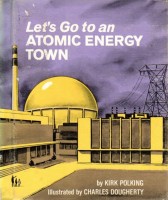A fateful day for nuclear waste policy: January 31, 1998
Next week will mark 25 years since January 31, 1998, a familiar date to most in the nuclear community, and revisited in today’s #ThrowbackThursday post with an article from the March 1998 issue of Nuclear News. “Those in the nuclear power industry are aware of the significance of the date January 31, 1998. ln the Nuclear Waste Policy Act of 1982, that date was set as the deadline for the U.S. government—more specifically, the Department of Energy—to begin taking possession of and responsibility for spent nuclear fuel from nuclear power plants nationwide” (NN, March 1998, p. 59).



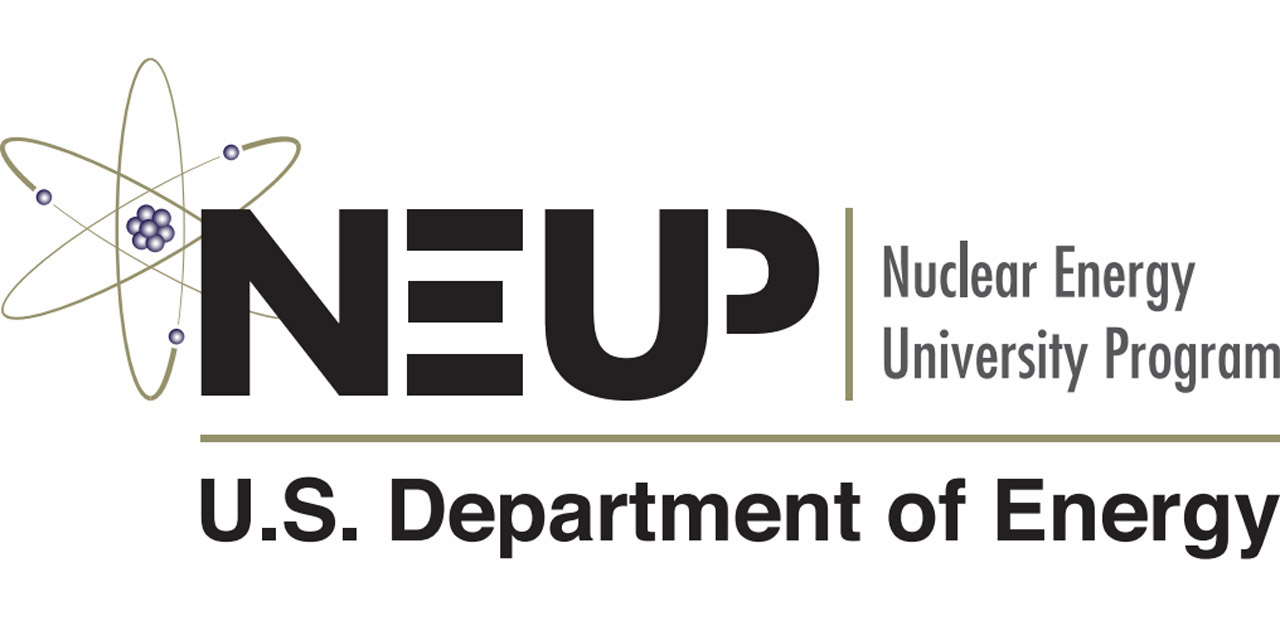
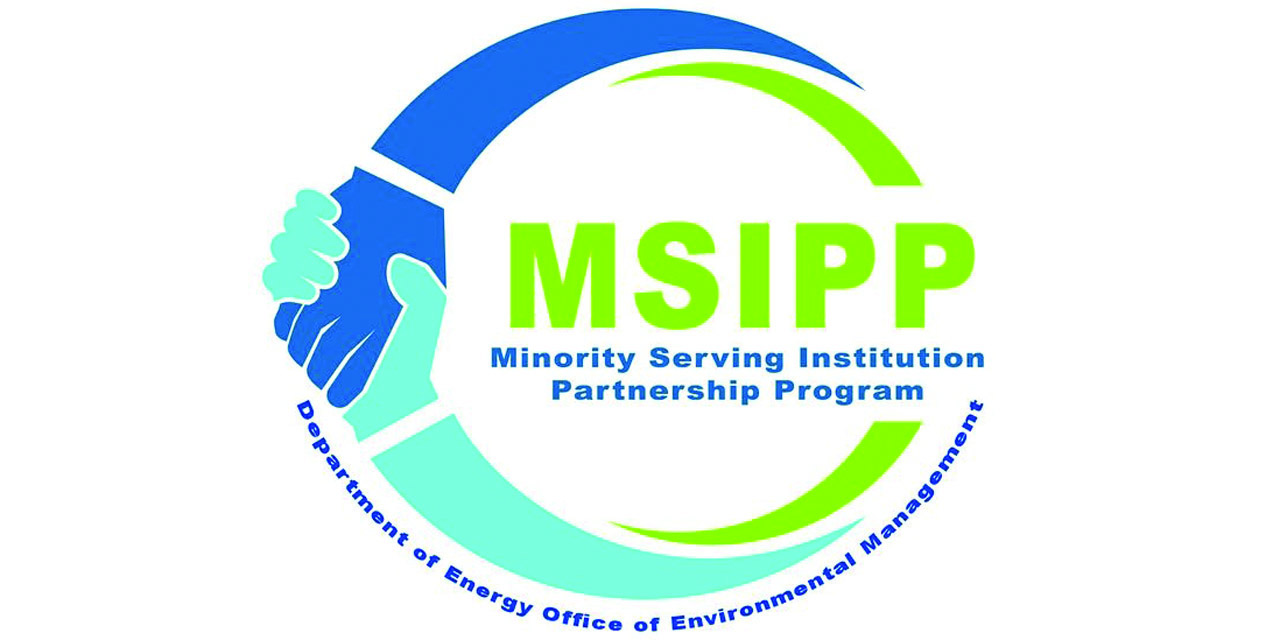
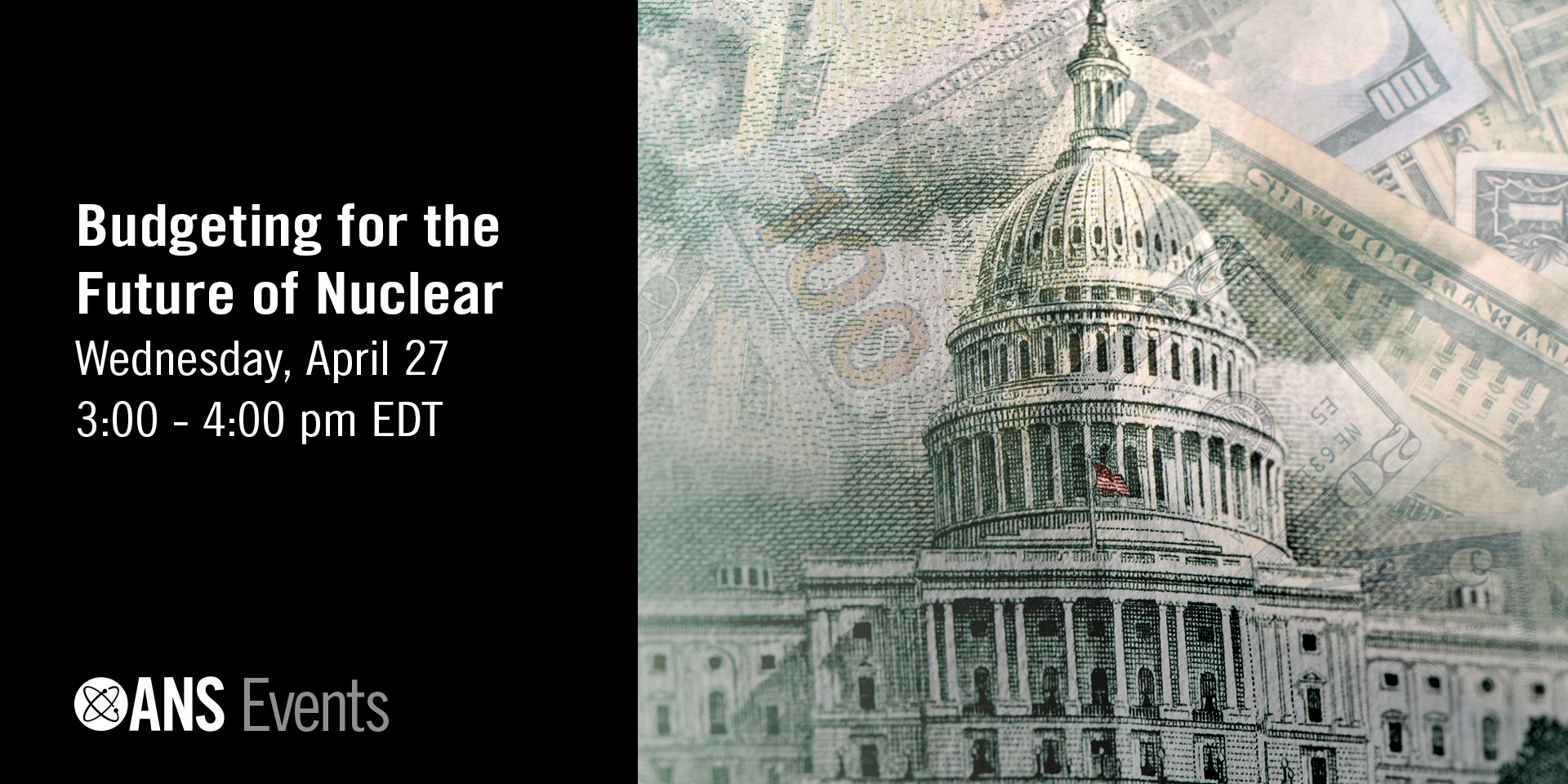

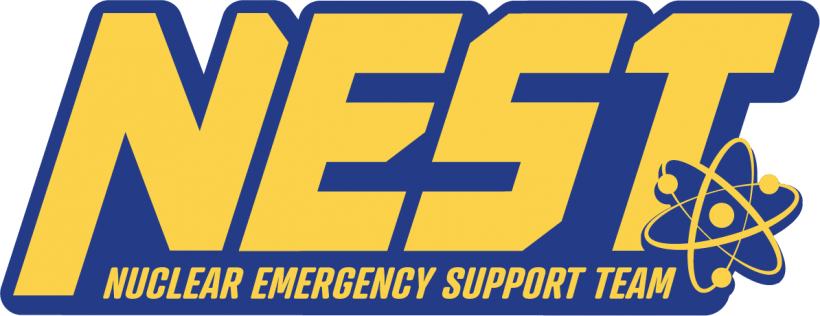
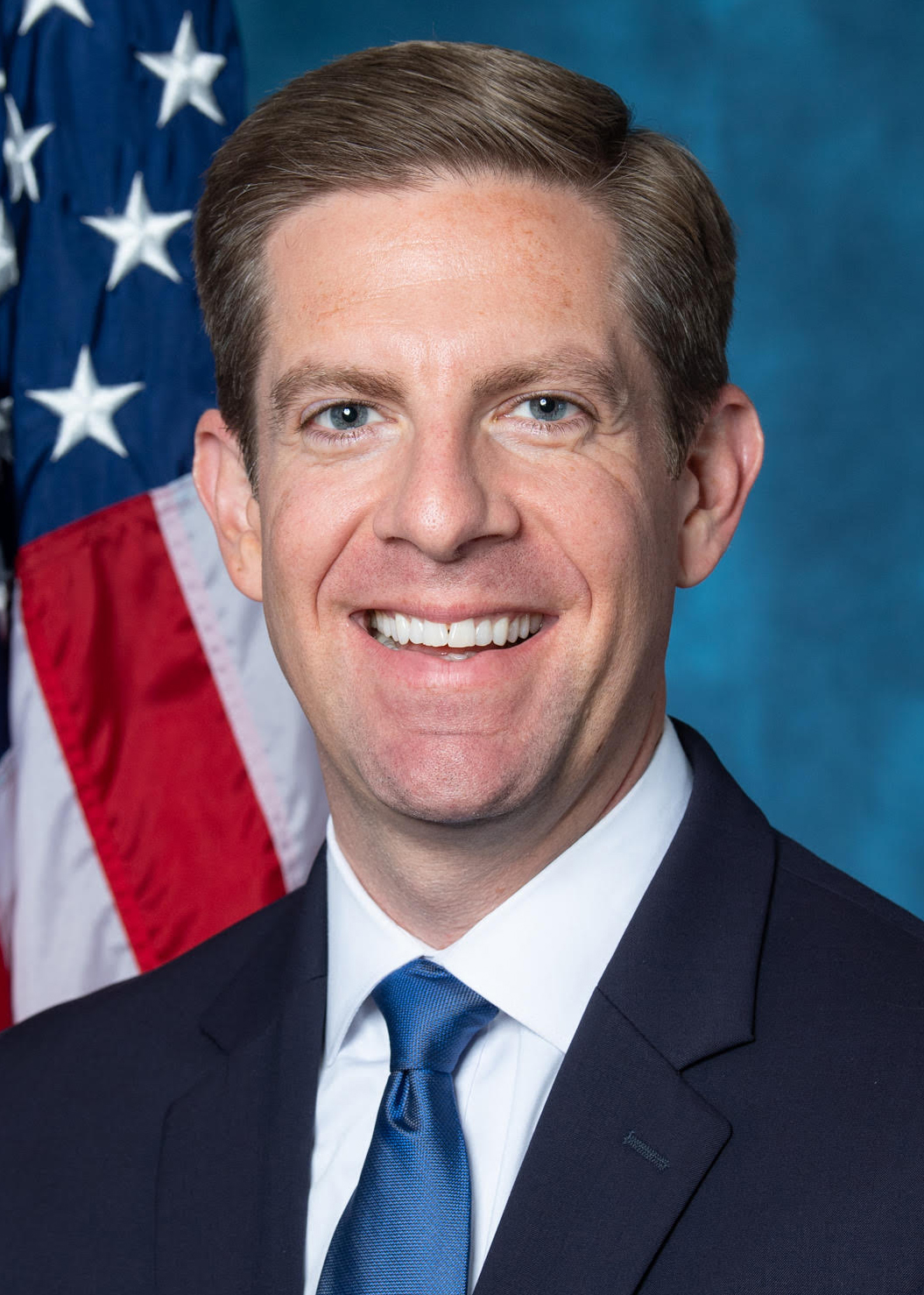
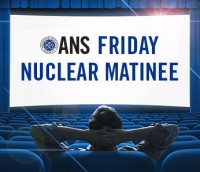
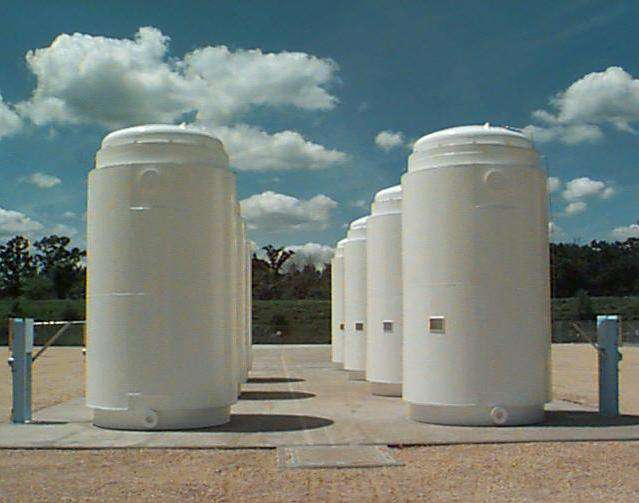
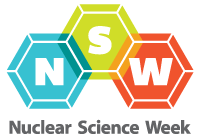 The third day of National Nuclear Science Week is focused upon the production of energy by nuclear means-and that means energy that can do work for man. Electric power, steam for heating businesses and homes, and mechanical power for propelling ships are perhaps the best known examples of man's use of nuclear energy.
The third day of National Nuclear Science Week is focused upon the production of energy by nuclear means-and that means energy that can do work for man. Electric power, steam for heating businesses and homes, and mechanical power for propelling ships are perhaps the best known examples of man's use of nuclear energy. In February, the U.S. Department of Energy
In February, the U.S. Department of Energy 